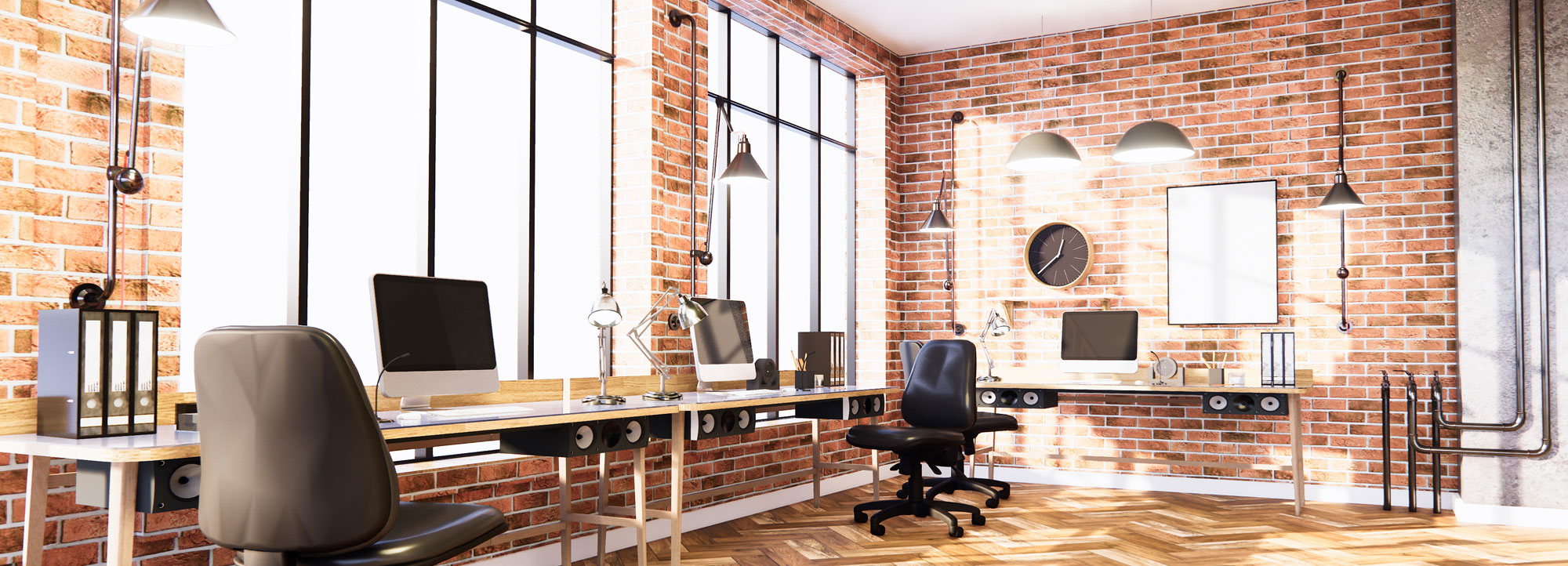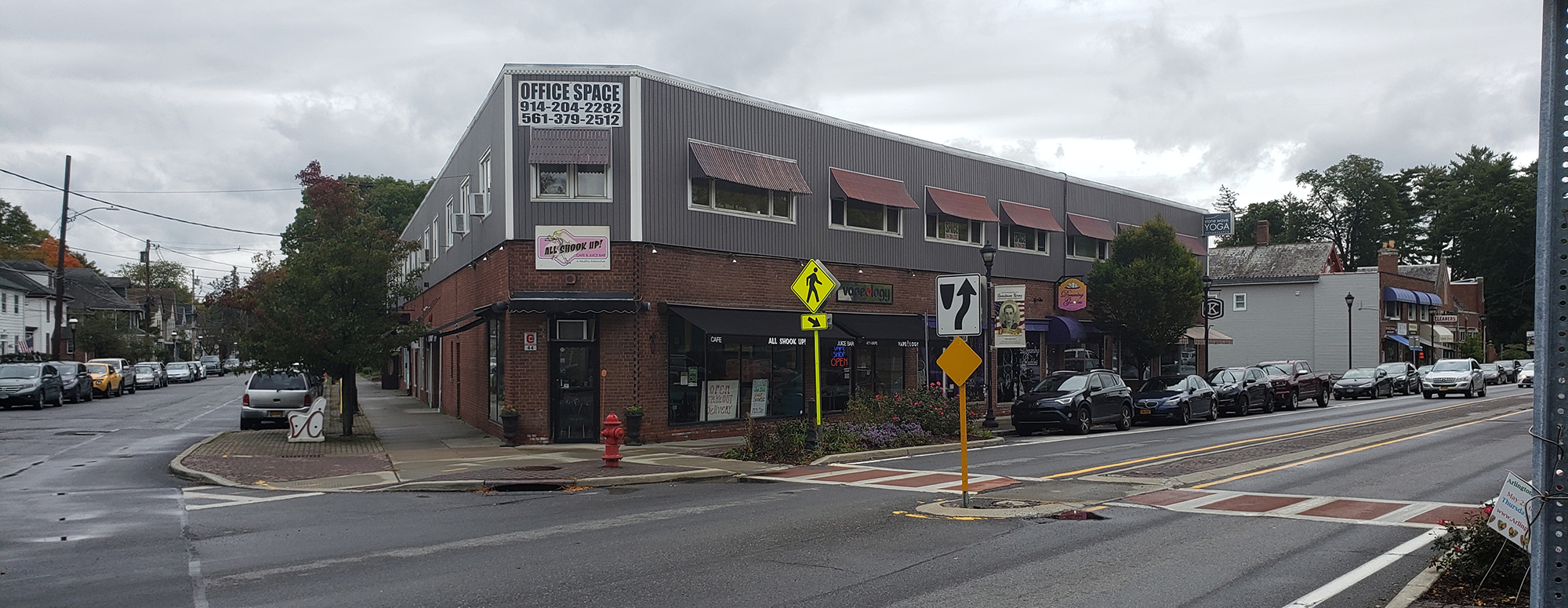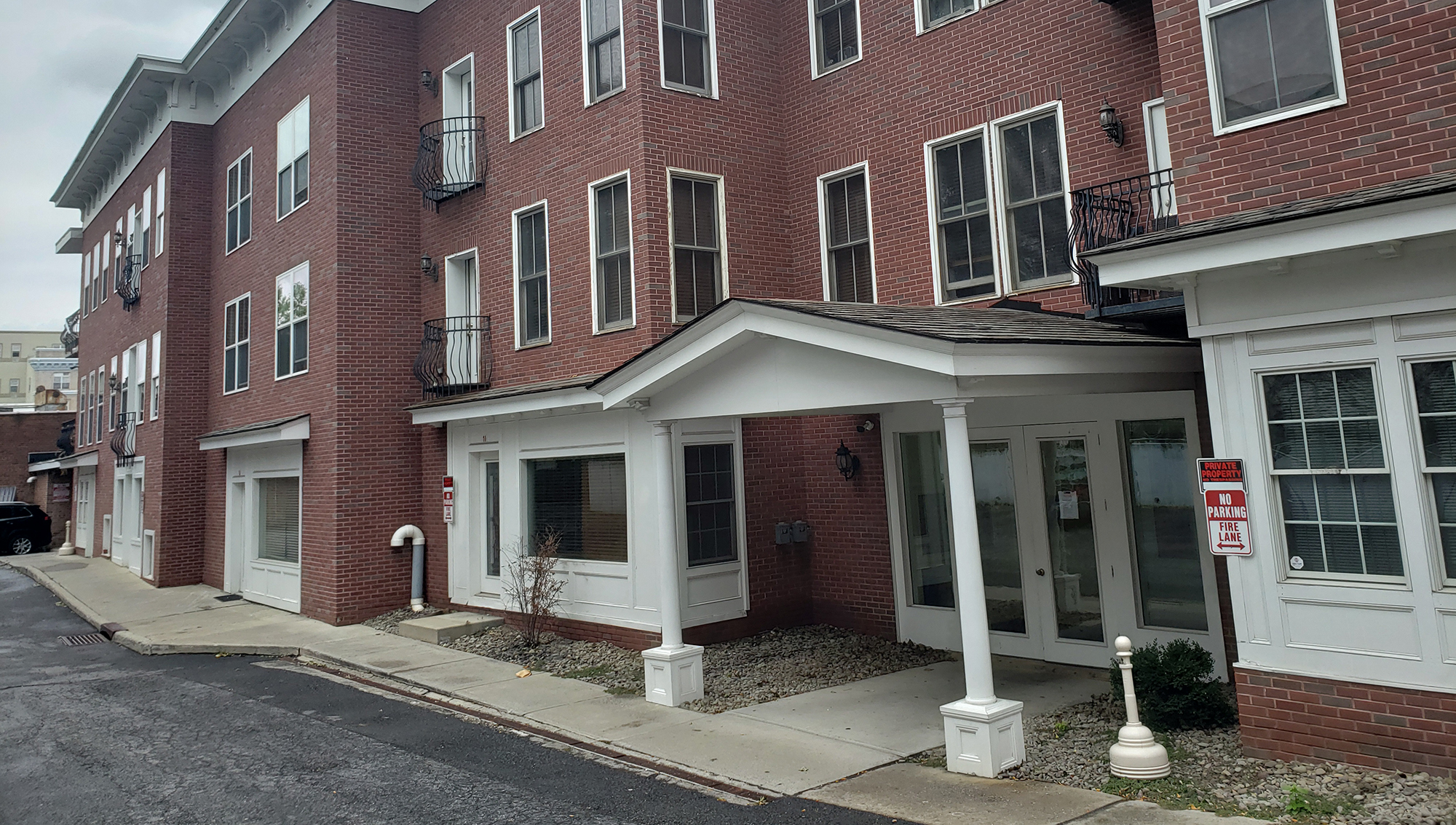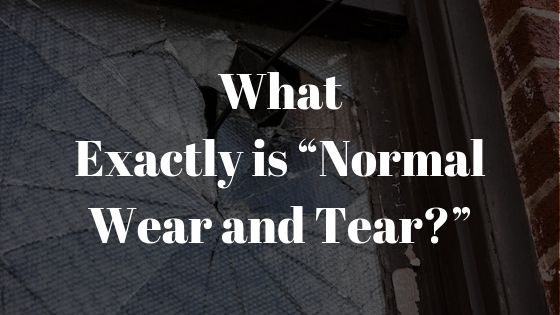Home is where you make it and people want to make the inside of their homes enjoyable. People decorate, change things and add life to their apartments.
While this is something every person should be able to do, too many tenants get penalized when landlords withhold part of their security deposit for repairs or replacements, even though the so-called damages reflect normal wear and tear.
So, what is “normal wear and tear” and when can a landlord withhold your security deposit?
Normal wear and tear
Normal wear and tear refers to any damage or change that results from the passage of time or expected deterioration in conditions. This includes:
- Nail holes from hanging pictures
- Faded paint
- Lightly scratched floors and worn carpet
- Single coats of paint
- Dust
- Broken electrical sockets
- Worn locks and hinges
Damages, on the other hand, are more serious and more difficult to repair. Landlords can deduct money from your security deposit for the reasonable cost of repairs. Often, damages are the result of intentional misuse or neglect and might involve:
- Pet stains on carpets
- Broken windows
- Gouges in the wall
- Excessively dirty appliances
- Unapproved alterations to the apartment
- Pervasive, overwhelming smells
- Missing appliances, windows or curtains
Protecting your deposit
To ensure you get as much of your security deposit back as possible, take steps to prevent wrongful withholding from your landlord.
First, document the condition of your apartment before you move in. Photograph any existing damage, the carpets, the walls, etc. Do a walk-through with your landlord to ensure both of you are on the same page. You should also examine your lease to determine what you agree to be responsible for upon moving out.
Is the expectation that you will return the apartment to its original condition, or are there other requirements? Finally, do another walk-through with your landlord before moving out. Doing so can help you spot potential issues that you may have time to repair and confirm the state of the apartment, so you are not liable for anything that happens after you leave.
If you do receive notice that the landlord is withholding all or some of your security deposit, get the itemized list of the repairs and challenge any with which you do not agree.













